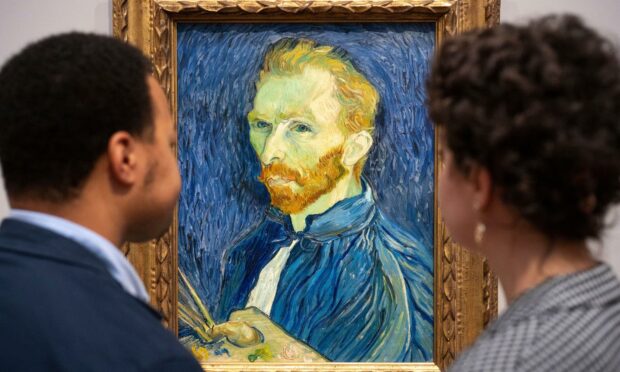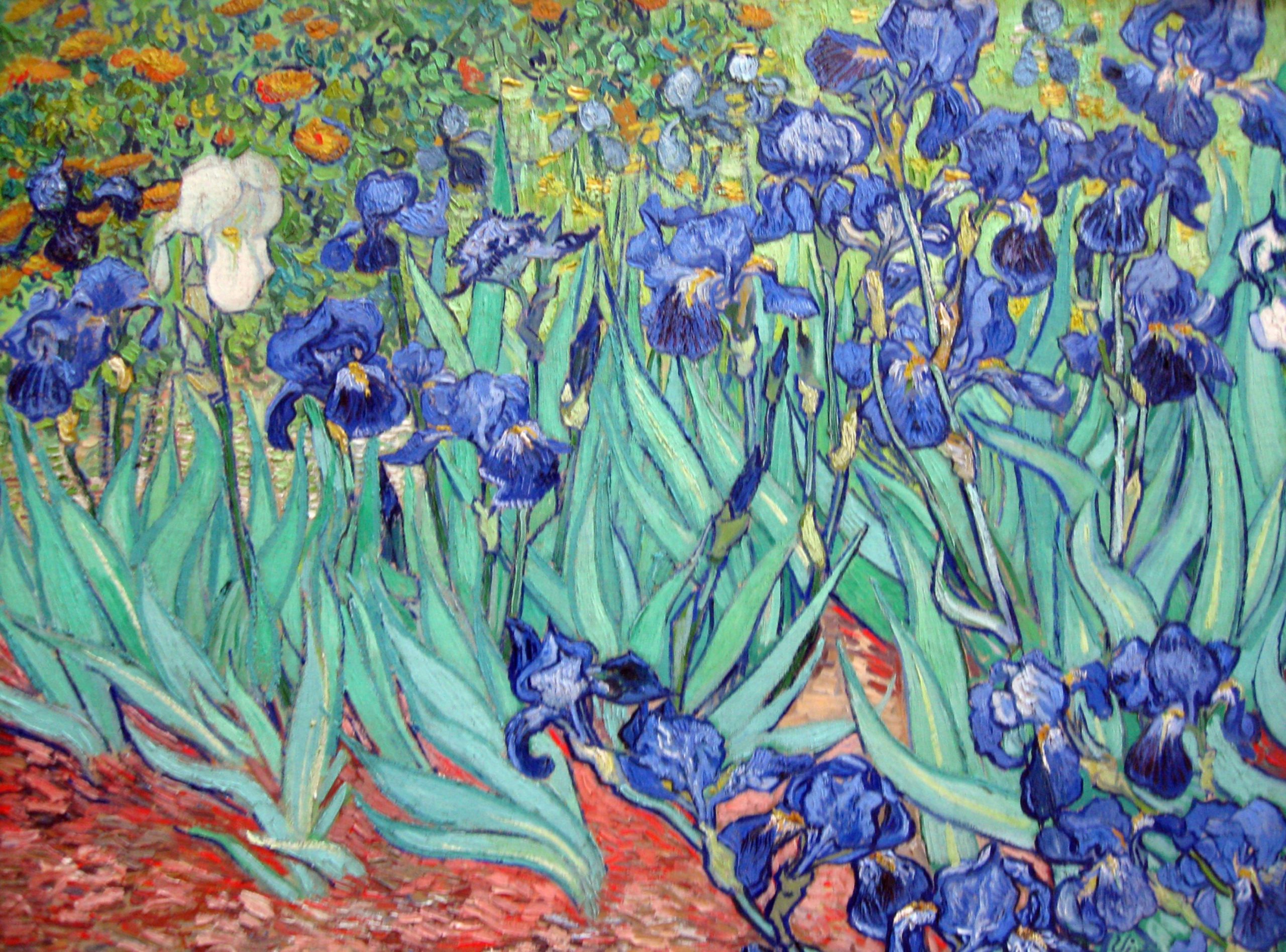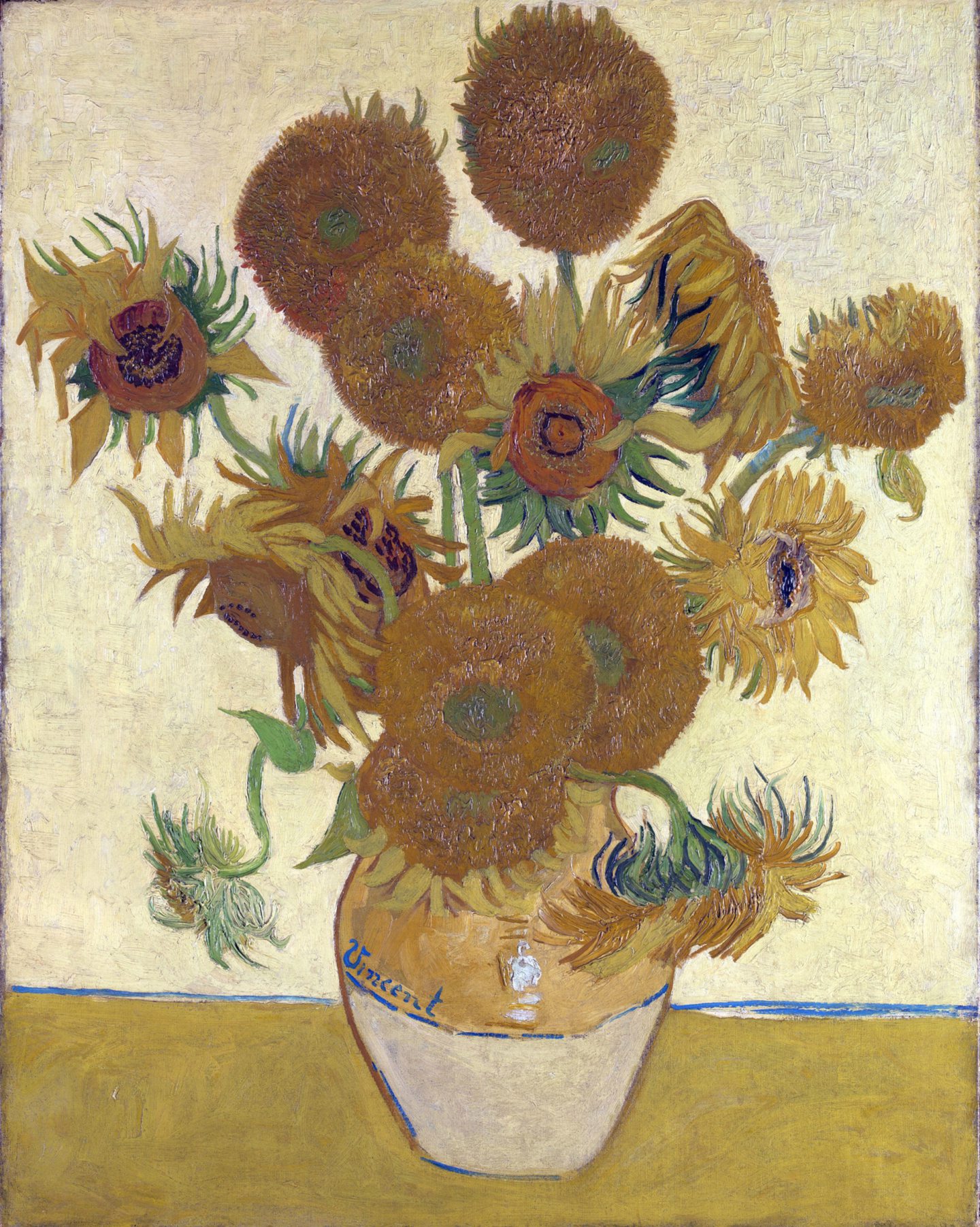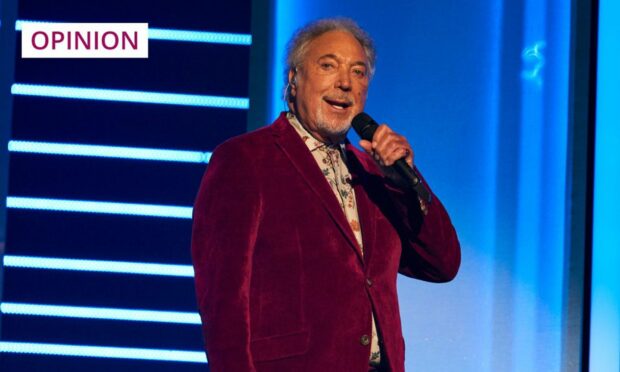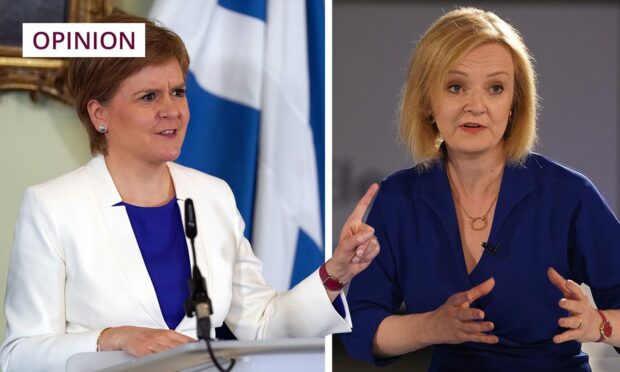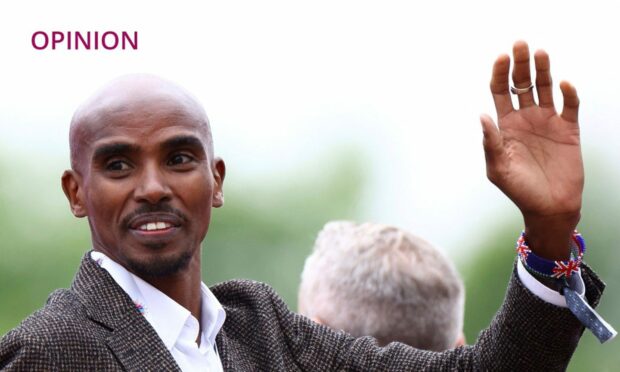In an interview some years before she died, the late American comedian, Joan Rivers, explained her outrageous brand of humour to me.
Everything should be joked about, she said – including the Twin Towers – because laughter “sucked the power” out of atrocity. It is true only up to a point.
As Jimmy Carr recently discovered, when there is no laughter following outrageous jokes, the power lies in the audience’s silence.
Some things, that silence says, just ain’t funny. The holocaust is one. As the renowned Courtauld Gallery in London is discovering, psychosis is another.
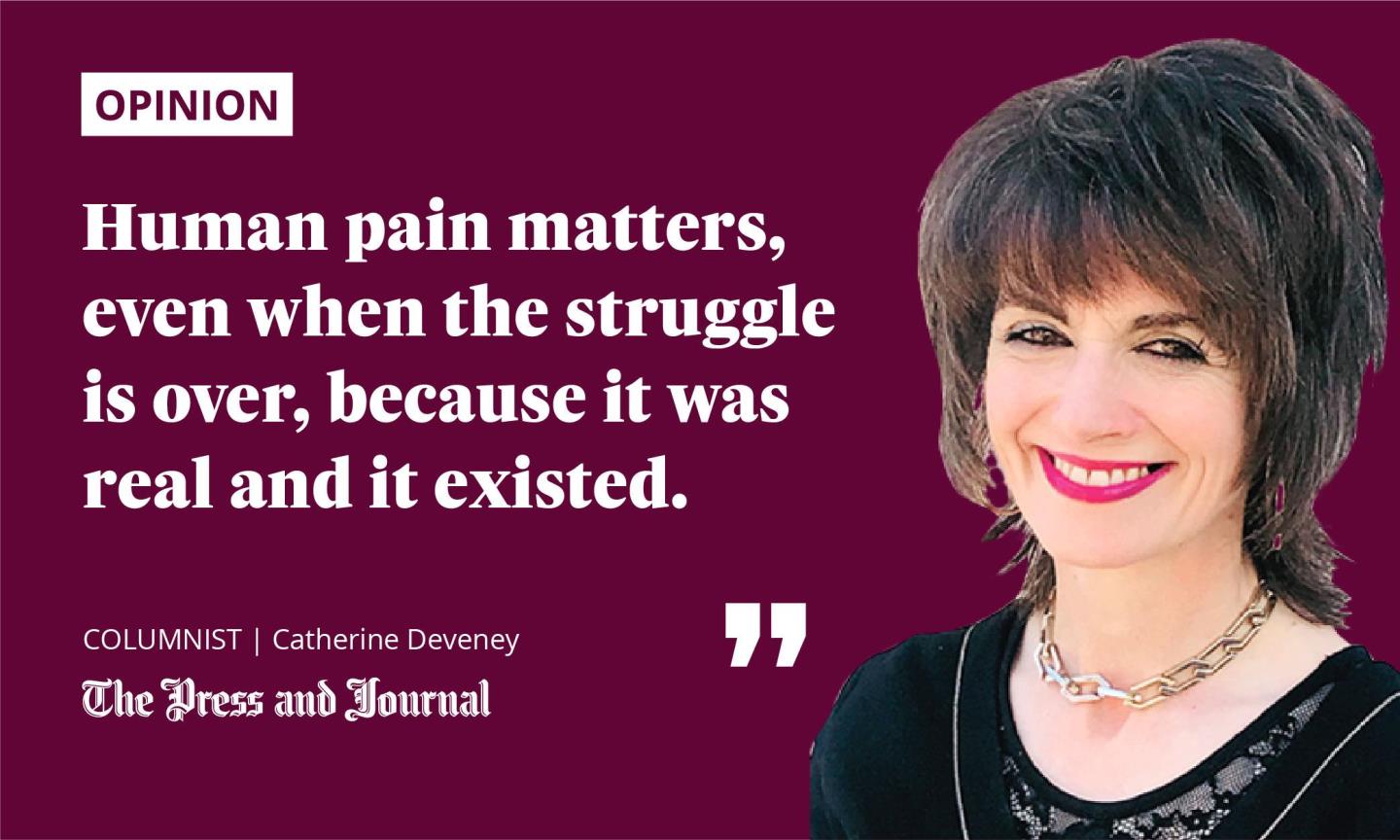 The museum’s attempts at humour in their Vincent Van Gogh exhibition include a nod to the artist’s famous manic episode in which he cut off his ear: the sale of ear-shaped erasers for £6 a pop. Six pounds? For a rubber? Never mind severed ears – that’s brass neck right there.
The museum’s attempts at humour in their Vincent Van Gogh exhibition include a nod to the artist’s famous manic episode in which he cut off his ear: the sale of ear-shaped erasers for £6 a pop. Six pounds? For a rubber? Never mind severed ears – that’s brass neck right there.
Then there’s the £5 bar of soap marketed as the ultimate gift for the “tortured artist who enjoys fluffy bubbles”. Or “an emotional first aid kit”, which is “a box of wise emergency advice for 20 key psychological situations”.
After marvelling at how little tat you get for your buck nowadays, you have to ask, who runs the museum’s PR? Teenagers on work experience? Rejects from The Apprentice?
Mental illness is not a joke
The Courtauld is a major public gallery, internationally recognised for its teaching and research in art history. Clearly, they don’t seem to take too seriously the potential connections between creativity and mental illness, despite the volume of existing research.
The co-founder of the Stuckist group of artists, Charles Thomson, criticised the souvenirs as “shallow, nasty and insensitive”. Mental illness is not a joke, he observed, while art critic, David Lee, said it was like some tasteless gag in a marketing team’s after-work pub session.
For Remembrance Day, we sell poppies as souvenirs, not Hitler moustaches and gun brooches. Some symbols are appropriate and others are not
Does it all matter when Van Gogh is long dead? Well, if it didn’t, neither would it matter that the soldiers commemorated on Remembrance Day are dead, nor the Jews remembered on Holocaust Memorial Day.
We sell poppies as souvenirs, not Hitler moustaches and gun brooches. Some symbols are appropriate and others are not.
Human pain matters, even when the struggle is over, because it was real and it existed. Van Gogh, whose genius was not recognised by the art world until after his death, apparently heard voices.
He died, penniless and distraught, after shooting himself through the chest. His last words to his brother, Theo, were: “The sadness will last forever.” Just not at the Cartauld.
Van Gogh wanted to show people the world as he saw it
The irony of all this is that Van Gogh, in many ways, represented an artist who showed that mental illness did not define an entire personality, that it was not something simply to recoil from or dismiss.
For Van Gogh, colour was a language in itself: those cloudy swirls of summer skies; his midnight blues studded with stars
Being creative involves thinking differently. It involves seeing things differently. The magic of it is that, through the creative process, the artist empowers others to have those same insights.
For Van Gogh, colour was a language in itself: those cloudy swirls of summer skies; his midnight blues studded with stars; the burnished gold of sunflowers and wheat fields. Always there was that luminosity, a brightness that said life to Van Gogh was intense and vibrant, his unusual brush technique creating landscapes that were somehow full of movement rather than static.
The creative instinct is often about the expression of emotion. Van Gogh’s emotions caused him pain, that “darkness of the soul”, but, like most artists, he wanted to show people the world as he saw it, to make them feel as he felt.
“I want to touch people with my art,” he said. “I want them to say: ‘He feels deeply. He feels tenderly.'” How poignant that word “tender” is. How coarse, in comparison, the overpriced, severed ear eraser.
Context matters
If the Courtauld want some PR lessons, they could do worse that examine the Aldi battle with Marks & Spencer. M&S took action over Aldi’s Cuthbert cake – which they said was an imitation of their more expensive Colin the Caterpillar cake – and light-up gin bottles.
Aldi’s witty social media posts showed pictures of Cuthbert in jail with “Free Cuthbert” campaign slogans. Their humorous, mischievous posts turned their brand into the cheeky young upstart, fighting a boring, staid old-timer.
Packaging update. #FreeCuthbert pic.twitter.com/XDSnhpvjmj
— Aldi Stores UK (@AldiUK) April 16, 2021
But, the real lesson for the museum in the pitch-perfect Aldi battle is the importance of context. Naughty humour works for cake and gin bottles. Less effective, I think they will find, when dealing with tragedy and psychosis.
“They would not listen, they’re not listening still.
Perhaps they never will.”
– Vincent by Don McLean
Catherine Deveney is an award-winning investigative journalist, novelist and television presenter
